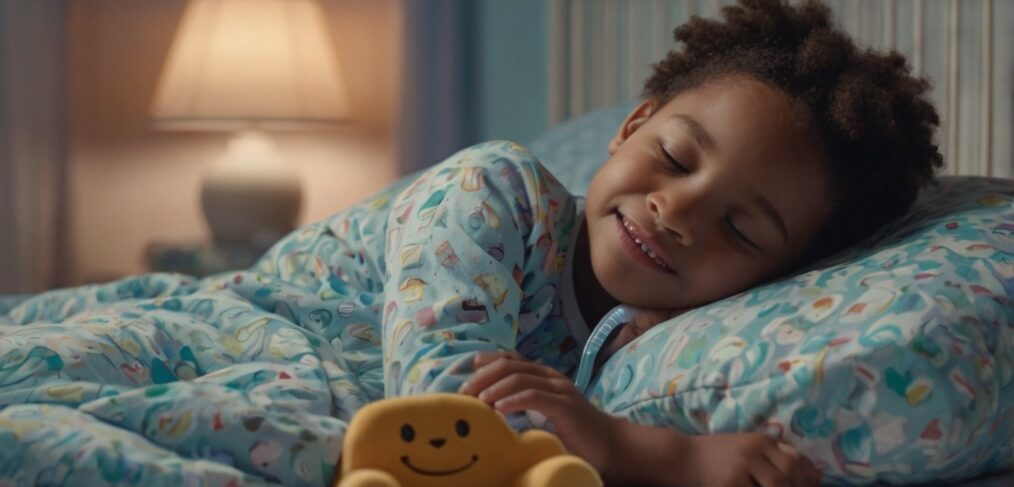
My Child Grinds Teeth at Night: Do They Need Braces? Expert Advice from Dr. D
Child Grinds Teeth at Night: Worried about your child’s nighttime teeth grinding? Dr. D, a pediatric orthodontist and Invisalign speaker in Austin, TX, explains when bruxism requires orthodontic treatment and how to protect their smile.
If you’ve ever heard your child grinding their teeth at night, you know how unsettling that sound can be. As a parent, you’re likely wondering: Is this normal? Could it damage their teeth? Will they need braces? Dr. D, a trusted pediatric orthodontist in Austin, Texas, and Invisalign speaker, is here to ease your concerns. In this blog post, she explains the connection between nighttime teeth grinding (bruxism) and orthodontic treatment, and shares actionable steps to protect your child’s smile.
Understanding Bruxism in Children
Teeth grinding, or bruxism, is common in children, affecting about 20-30% of kids. While most outgrow it by adolescence, persistent grinding can lead to:
- Worn-down tooth enamel
- Tooth sensitivity or pain
- Jaw discomfort or headaches
- Sleep disruptions
Common causes include:



When Does Bruxism Require Braces or Invisalign?
Not all teeth grinders need orthodontic treatment, but Dr. D recommends an evaluation if your child shows:
- Visible Tooth Damage
- Flattened, chipped, or cracked teeth
- Increased tooth sensitivity
- Bite Problems
- Crossbite, overbite, or underbite
- Crowded or misaligned teeth
- Persistent Symptoms
- Jaw pain or frequent headaches
- Grinding that continues past age 6-7
Did You Know?
Early orthodontic evaluation (by age 7) can catch bite issues before they worsen bruxism.
Treatment Options for Nighttime Grinding
1. Custom Night Guards
- What They Do: Protect teeth from grinding forces.
- Best For: Kids with mild bruxism but no major bite issues.
- Pros: Non-invasive, affordable, and comfortable.
2. Braces or Invisalign
- What They Do: Correct misaligned bites that contribute to grinding.
- Best For: Kids with moderate to severe bite problems.
- Pros: Addresses the root cause, not just symptoms.
3. Stress Management
- Relaxation techniques (e.g., bedtime stories, calming routines).
- Limit screen time before bed.
Dr. D’s Approach to Bruxism in Austin
At our practice, we take a two-step approach:
- Protect: Fit your child with a custom night guard to prevent further damage.
- Correct: If needed, create a personalized orthodontic plan (braces or Invisalign) to fix underlying bite issues.
Success Story:
“My 10-year-old stopped grinding after Invisalign fixed his crossbite. No more morning headaches!” — Sarah, Austin mom
3 Signs Your Child Needs an Orthodontic Checkup
- You hear grinding noises multiple nights a week.
- They complain of jaw pain or tired muscles in the morning.
- Their teeth look shorter or worn down.
FAQ: Parent Concerns Answered
Q: Will my child outgrow teeth grinding?
A: Many do, but if grinding persists past age 6-7 or causes damage, intervention is key.
Q: Are night guards safe for kids?
A: Yes! We use soft, BPA-free materials tailored for growing mouths.
Q: Can Invisalign help with grinding?
A: Absolutely. By aligning the bite, it often reduces grinding long-term.
Next Steps for Worried Parents
- Monitor: Keep a log of grinding frequency and symptoms.
- Protect: Schedule a dental checkup to assess tooth damage.
- Correct: Visit Dr. D for an orthodontic evaluation if bite issues are suspected.
Click here to Schedule a Free Consultation now!
Want to get to know us a little better? Check out our YouTube Videos!



